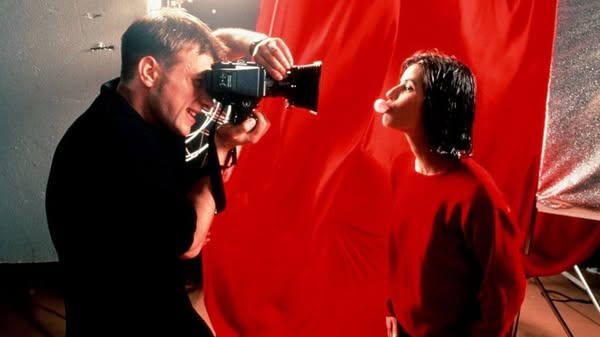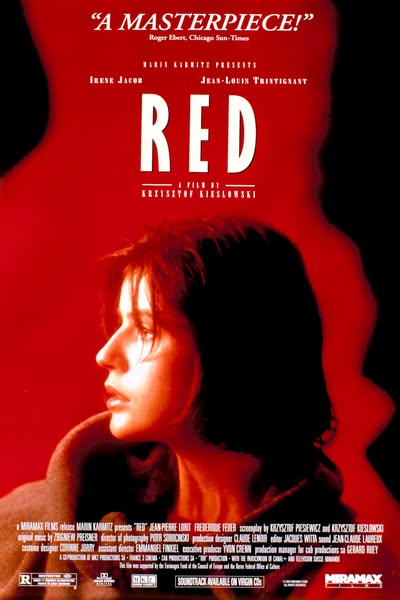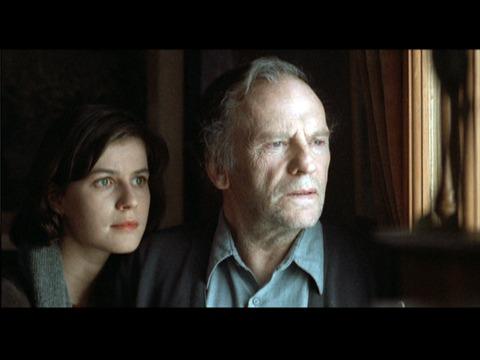Three Colors: Red (1994)

Three Colors: Red is the remarkable conclusion to Krzysztof Kieślowski’s acclaimed Three Colors trilogy, released in 1994. This film explores themes of connection, fate, and the intricate web of human relationships, all woven together through stunning cinematography and a masterful narrative. As the final installment, it delves deep into the philosophical underpinnings of the series, which is inspired by the colors of the French flag and the ideals of liberty, equality, and fraternity.
The story follows Valentine Dussaut, portrayed beautifully by Irène Jacob, a young model living in Geneva. One day, she inadvertently becomes involved with a reclusive and cynical retired judge named Joseph Kern, played by Jean-Louis Trintignant. As their paths cross, the film examines their contrasting perspectives on life and their connections to the world around them. Joseph’s disillusionment with humanity starkly contrasts with Valentine’s optimistic and compassionate nature, creating a rich tapestry of dialogue and introspection.

Kieślowski employs visual motifs and symbolism throughout the film, using the color red to signify both passion and interconnectedness. The director’s meticulous attention to detail is evident in every frame, creating a visually arresting experience that enhances the emotional weight of the story. The film’s pacing allows for quiet moments of reflection, inviting viewers to engage with the characters on a deeper level.

Three Colors: Red is a drama that transcends mere storytelling; it is an exploration of fate, choice, and the unseen threads that bind people together. The film’s narrative structure subtly intertwines the lives of different characters, suggesting that our actions and decisions resonate beyond our immediate understanding. This exploration of interconnectedness is a hallmark of Kieślowski’s work, resonating with audiences on a universal level.
The film’s score, composed by Zbigniew Preisner, complements the visuals beautifully, heightening the emotional stakes and enhancing the film’s reflective tone. The music becomes an integral part of the storytelling, evoking a range of feelings that align with the characters’ journeys.

In summary, Three Colors: Red is a profound and visually stunning film that encapsulates Kieślowski’s artistic vision. It masterfully weaves together themes of love, fate, and the complexity of human relationships, leaving a lasting impression on viewers. As the final piece of the trilogy, it not only concludes the narrative but also invites contemplation about the nature of connection in our lives.











